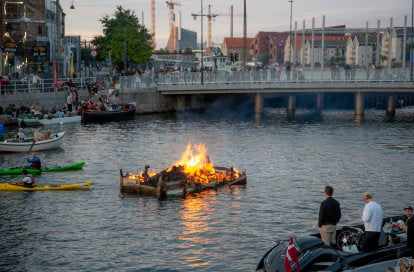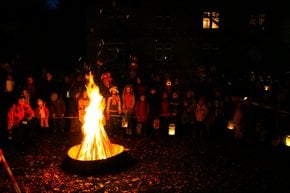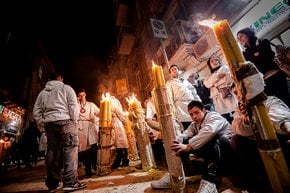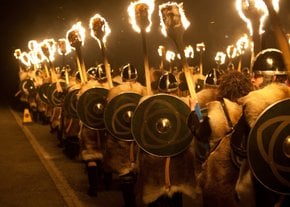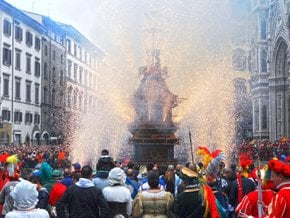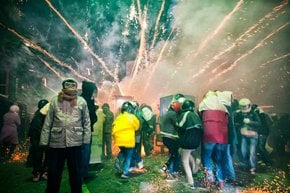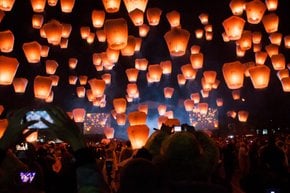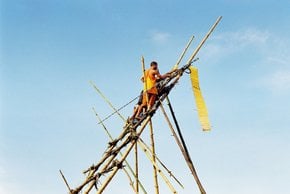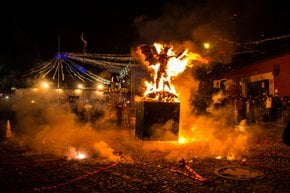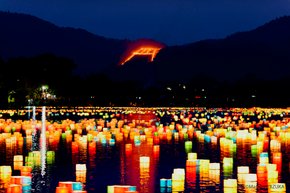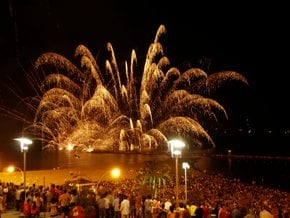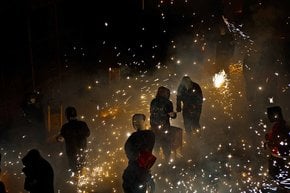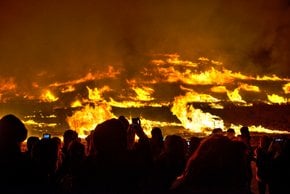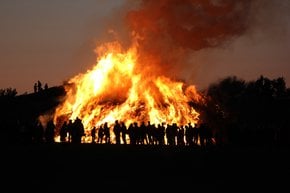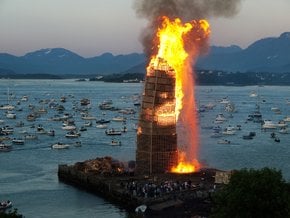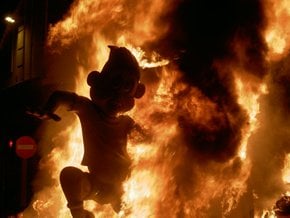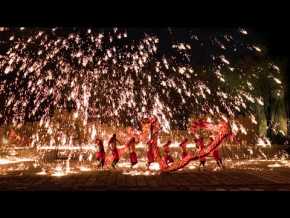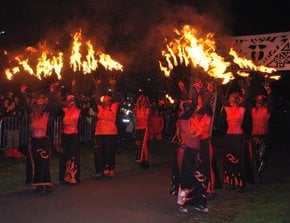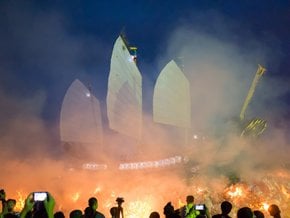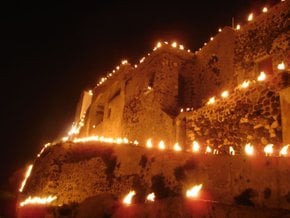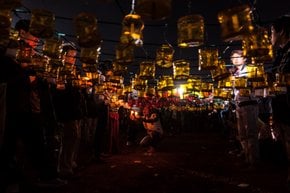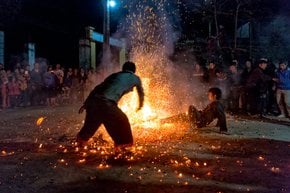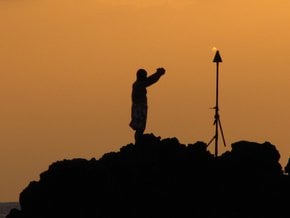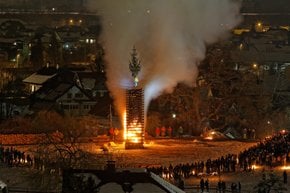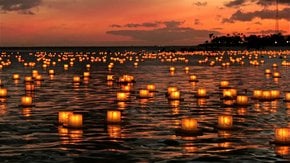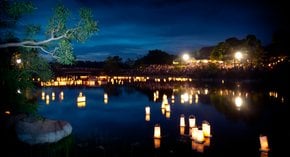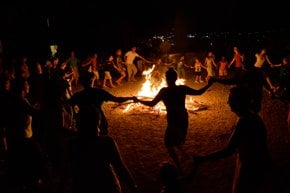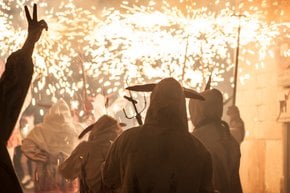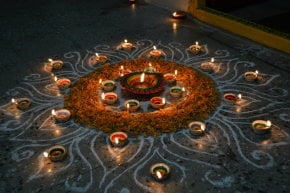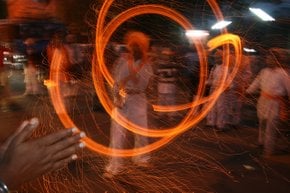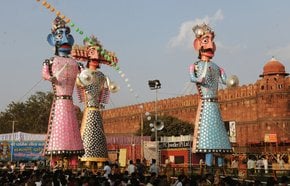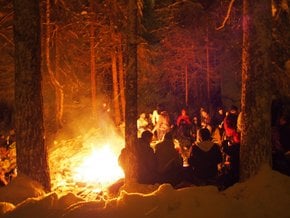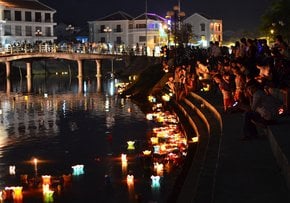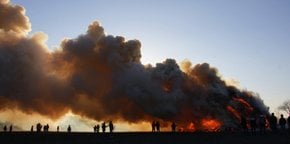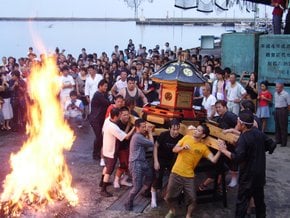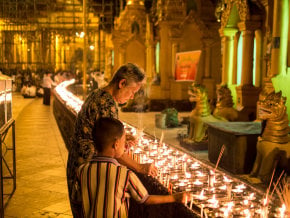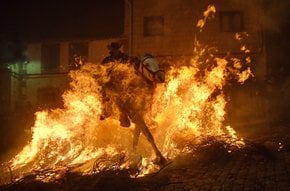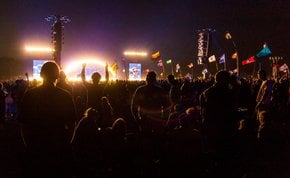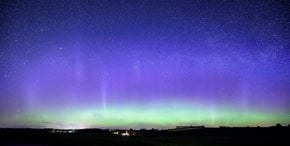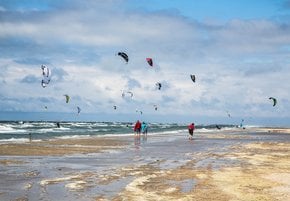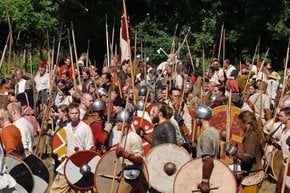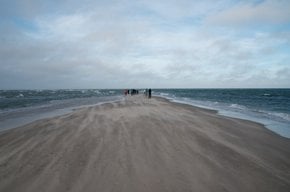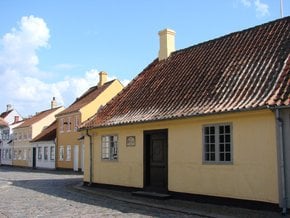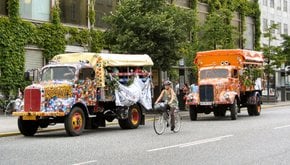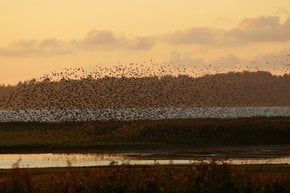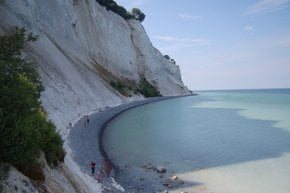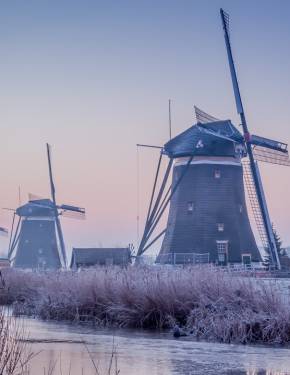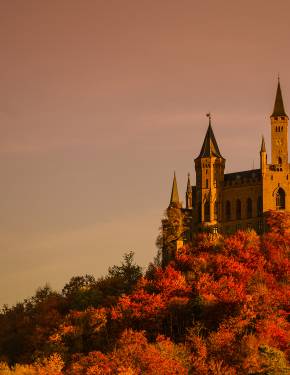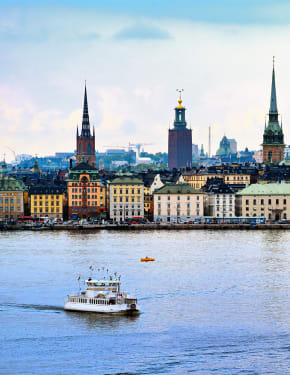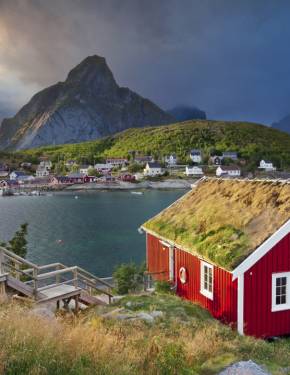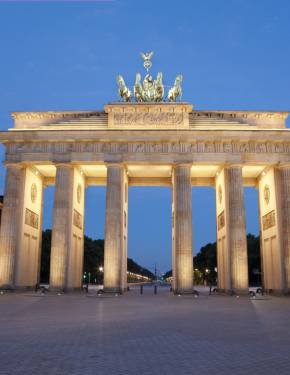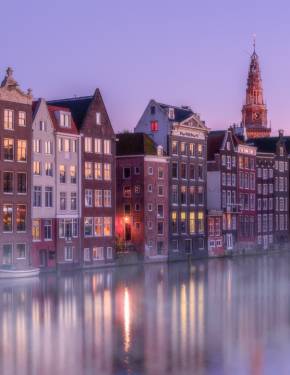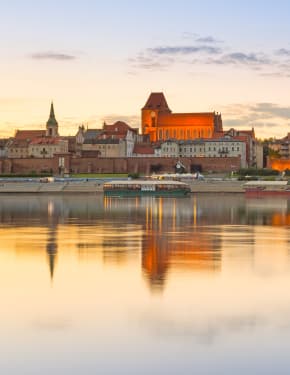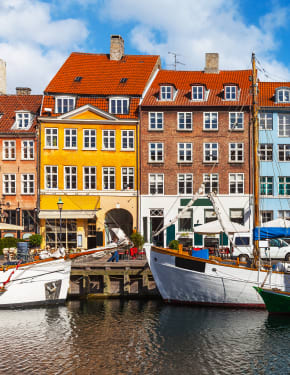Sankt Hans Aften (Midsummer) 2026 in Denmark
A Nordic tradition, celebrated on the night before the Midsummer's Day
Dates: June 23
Midsummer's Eve or Sankt Hans Aften is a relic of pagan customs, where the shortest day, the winter solstice, and the longest day, the summer solstice, were celebrated. The holiday gained its name from John the Baptist, who was born on June 24th, so June 23rd is celebrated as an eve of his birthday. Originally, it was believed that midsummer night was filled with the magical forces of nature—good and bad. All herbs and sources were particularly sacred, and it was a tradition to look for sacred springs or pick healing herbs on this night.
Summer Solstice Bonfire
The tradition of burning bonfires came along a bit later. Originally, bonfires weren't associated with the Midsummer's Eve celebration, although later, some farmers who believed in witches started to burn bonfires on this night. A figure resembling a witch was put in the fire. The purpose of the fire was to scare the witches and evil spirits away, rather than burn them.
Today, the Midsummer's Eve is still celebrated with bonfires, although the meaning has drastically changed. The fires now symbolize the beginning of something new, the transition to darker days and preparation for winter. The burning is usually accompanied by dancing, singing, and a traditional speech from the community officials. Children often occupy themselves with making snobrød, a twist bread that is made over an open fire, and various games.
Sankt Hans Aften in Copenhagen
The celebrations are held all around the country of Denmark, both in cities, like Copenhagen, Odense, and Aarhus and in small towns. Some of the most vibrant celebrations take place in Copenhagen. The capital holds bonfires and summer solstice celebrations at several places, including Tivoli Gardens, Islands Brygge, and more.
Sanks Hans Aften at Tivoli Gardens
This year, Tivoli Gardens amusement park hosts several festivities on the Midsummer's Eve, all of which are included as part of your ticket. At 8:15 pm at the Orangery, stop by the Tivoli Orchestra concert to hear the best Danish classics. As the dark sets in at 9:30 pm, come to the Tivoli Lake for a Midsummer Celebration with a bonfire and campfire songs, including Midsommervise, a Sankt Hans Aften signature song. The ticket price for Tivoli Gardens starts at 140 Danish kroner.
Sankt Hans Aften at Islands Brygge
To experience this community tradition right on the waterfront, consider settling in for the night in the harbor area of Copenhagen. The residents of Islands Brygge host annual festivities on Midsummer's Eve, which usually take place near Kulturhuset, the cultural center. The show normally begins in the late afternoon, around 5 pm, with live performances, concerts, and street theatre actors entertaining the crowd. The bonfire burning begins at dusk, around 9 pm, and is accompanied by collective singing of Midsommervise, bringing the citizens and guests of the city together.
Sankt Hans Aften in Other Danish Cities
Likewise, Aarhus offers quite a few locations to celebrate, such as the Aarhus International Sailing Center, Godsbanen, Aarhus University Campus or Langenæs Church. In Odense, the festivities take place at Engen in the Fruens Bøge forest and Munkebjerg Church. At last, the remote Skagen promises an exceptional celebration at Sønderstrand. Thousands come to the northern tip of Denmark to enjoy traditional songs at the bonfire that lasts here longer than anywhere else in the country.

